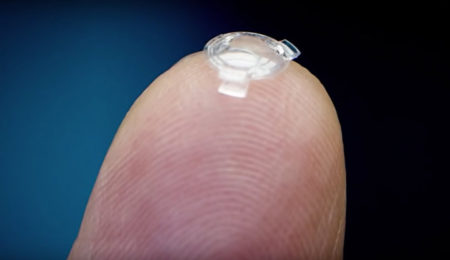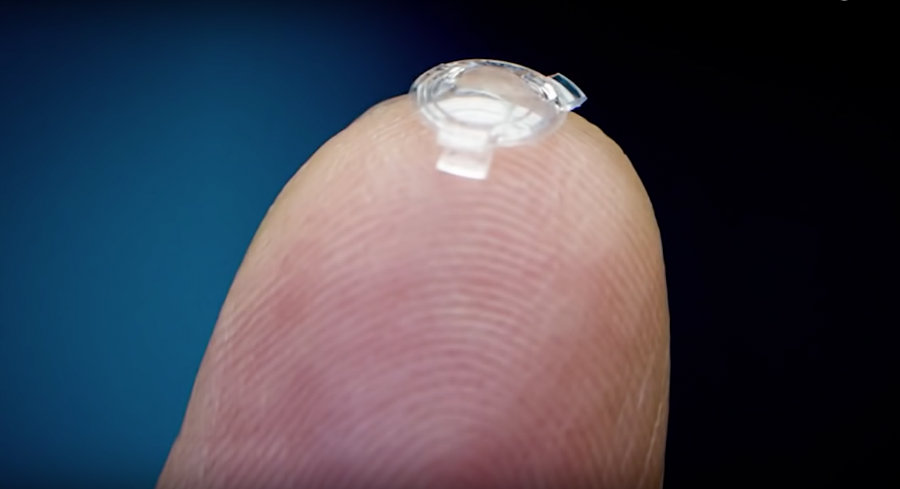This Bionic Lens Implant may improve your Vision Three Times over for Your Entire Lifetime

This Bionic Lens Implant could improve your vision three times over for your entire lifetime. Imagine never again having to wear glasses or irritating contact lenses which require immense care. Imagine never again having the risk of developing cataract or having to undergo laser eye surgery to correct your vision. Best of all, imagine being able to have 60/60 vision. Yes you read it right, three times the normal 20/20 vision. Yes its possible now thanks to the Bionic Lens Implant which is being developed by OcumeticsTM Technology Corporation.
According to their website ocumetics.com, for nearly fifty years eye surgeons have imagined a lens within the eyes which is capable of restoring vision at all distances. This product has been developed after extensive research and development, using patented designs that automatically make the lens adjust according to our eye focus at various ranges.
This bionic lens implant, which is made up of inert bio compatible polymeric materials that do not cause any adverse biophysical changes within the eye, is inserted within the eyeball using minimum invasive surgery of a 2.7 mm incision. After a few seconds, the folded lens opens up, and moves itself over the eye’s natural lens. Immediately after the procedure, vision is totally corrected, allowing patients inserted with the bionic lens to see farther and more clearly.
This is the invention of Dr.Garth Webb, who claims the procedure to be completely painless and giving people three times the power of their natural vision. This project is estimated to have cost to the extent of $ 3 million in funding for research, trials and procuring international patents. Patients with the bionic lens implant would be safeguarded against cataracts in the future, strengthening the eye’s natural lens which is usually prone to decay. The procedure is also thought to be safer than invasive laser surgery, with the simple saline-flush process used in the 2.7 mm incision.
https://youtu.be/iQN-vCslKCY
This invention is believed to be commercially available sometime after 2017 after a few more clinical trials, as claimed by Webb. Well we can hardly wait!!!
[source:Â ocumetics.com,inhabitat.com]
























